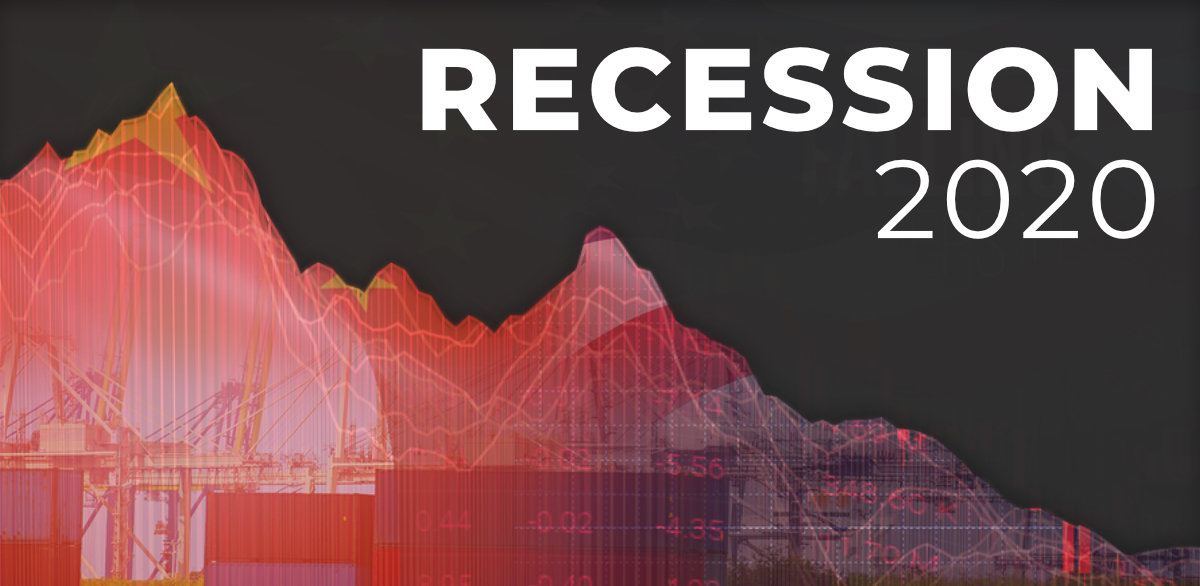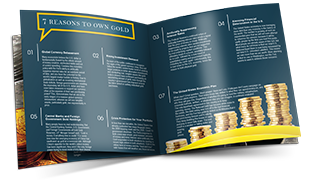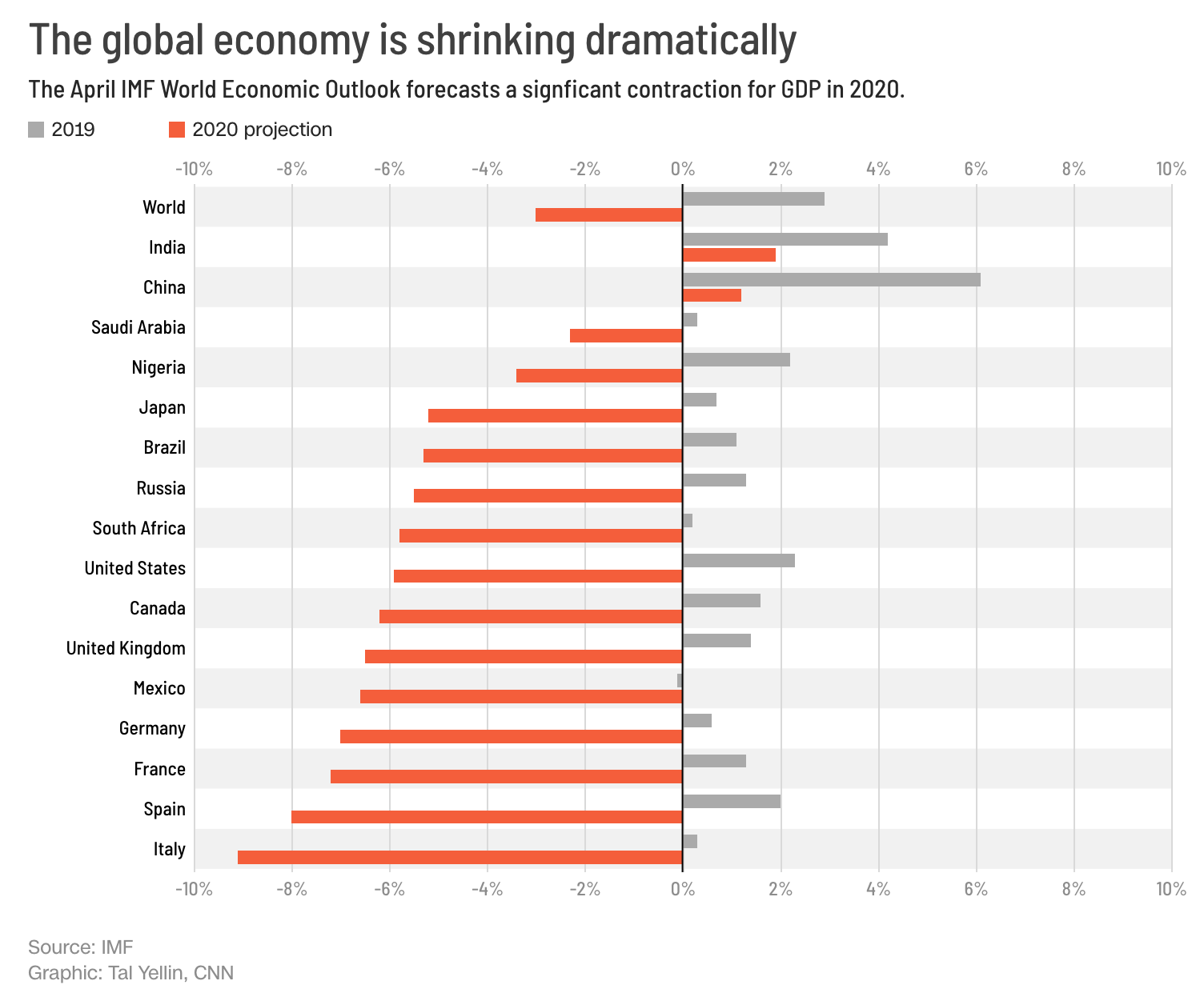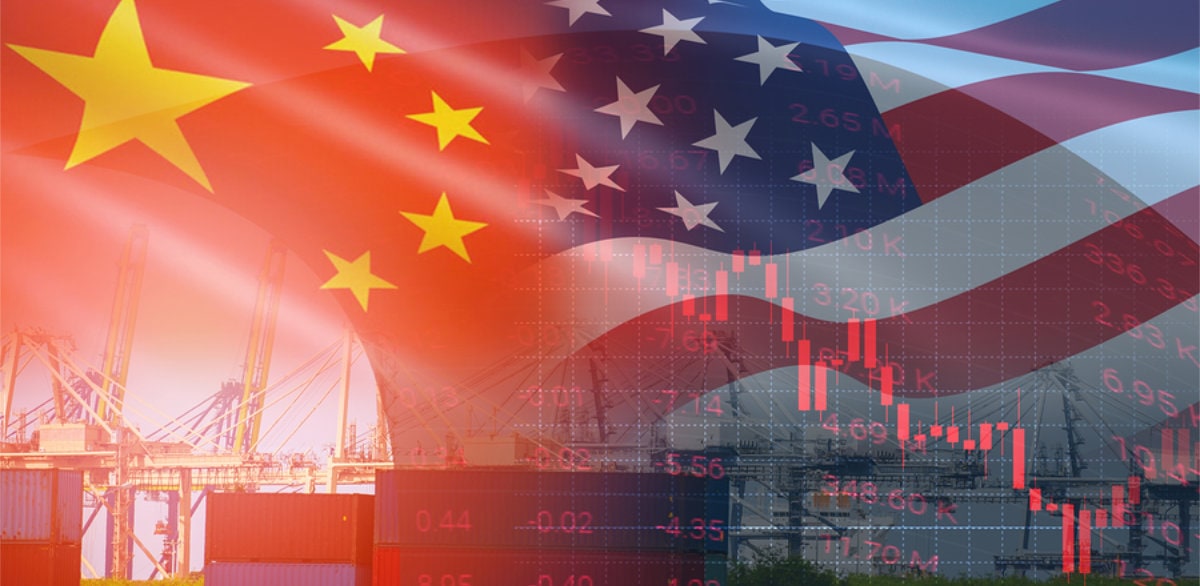Click here to get this article in PDF

COVID-19 has resulted in the most rapid shutdown of economic activity that the U.S., or the global economy, has ever seen.— Jason Furman, economist and professor at Harvard Kennedy School[1]
“Are we in a recession yet?” It was the question on many Americans’ minds as we entered 2020. Declining corporate profits, an upside down Treasury yield curve, waning investment, and the trade war with China made a downturn seem inevitable.[2][3] It was.
The recession hit last February. Suddenly. And not how anyone could have anticipated. Within days, the COVID-19 pandemic shut down the country.
Now the question the more than 44 million unemployed Americans are likely wondering is, “How long will the recession last?”[4]
Economists’ predictions for how long the recession could last range from the first two quarters of 2020 to well into 2021.[5][6]

Learn How to Avoid Costly Rookie Mistakes & Invest in Gold Like a Pro!
Get Free Gold Investor Guide
What could cause a deep, prolonged economic downturn? Keep reading to find out and get in-depth analysis of the COVID-19 Recession.
What Is a Recession?
Every year, economists predict one is just around the corner, but what does recession mean? What conditions might the average American experience during an economic downturn?
A recession is defined as a period in which economic activity declines significantly. Many economists look at gross domestic product (GDP) when determining whether or not we’re in a downturn. When this measure of all the goods and services produced in the country contracts for two consecutive quarters, its usually an indicator that we’re in a recession.
Workers lose their jobs, consumers tighten their wallets, employers postpone raises, sales stagnate, production falls, and the economy contracts further. It’s a vicious cycle.
The loss of confidence in the economy usually translates into investor risk aversion: stocks fall and gold prices rise in a flight to safe haven investments.[7]
When Did the Recession Start?
The COVID-19 Recession started in February 2020. It marked the end of the longest economic expansion in U.S. history, and it hit faster than any other downturn.
The unprecedented magnitude of the decline in employment and production, and its broad reach across the entire economy, warrants the designation of this episode as a recession,–explained the economists at the National Bureau of Economic Research who first called the recession
So what happened? The economy heated up for the 129th month in a row in February. Employers added 273,000 workers. Unemployment fell to the lowest rate in 50 years, 3.5%. On March 11, 2020, the World Health Organization declared the coronavirus outbreak a pandemic.[8] By March 16, the President issued stay-at-home guidelines.[9]Thousands of American deaths, millions of business closures, and tens of millions of job losses followed. All in a matter of weeks.
The unemployment rate was 13.3% in May, higher than any other recession since World War II. However, the broad measure of unemployment, which includes those who are out-of-work and have given up looking and those whose hours have been cut from full to part time, is 21.2%.
GDP fell by 5% in the first quarter and is set to contract by as much as 40% in the second quarter.[10]
How Bad Will the 2020 Recession Be?
‘The Great Lockdown, as one might call it, is projected to shrink global growth dramatically. A partial recovery is projected for 2021 … but the level of GDP will remain below the pre-virus trend, with considerable uncertainty about the strength of the rebound. Much worse growth outcomes are possible and maybe even likely.’ — the International Monetary Fund (IMF)
COVID-19: Unlike Any other Recession
Economists may not agree on an exact date for the end of the COVID-19 Recession, but there is a consensus that this downturn is unlike any other:
 COVID-19 Recession Source
COVID-19 Recession Source
Unlike the Reagan Recession (July 1981 – November 1982) and the Great Recession (December 2007 – June 2009), the COVID-19 Recession was not financial in origin. A public health crisis triggered it.
 COVID-19 Recession Speed
COVID-19 Recession Speed
Even though the Great Recession started in December 2007, U.S. unemployment didn’t reach its 10% peak until October 2009. Just weeks into the COVID-19 Recession, the unemployment rate surpassed the 2009 high. As of May 2020, it was more than twice that at 21.2% (broad measure).
 COVID-19 Recession Scope
COVID-19 Recession Scope
“‘The most distinguishing characteristic is that this [downturn] is so much more pervasive.’ The Great Recession was an economic slowdown that began in finance and trickled down to the rest of the economy. But now, everyone is affected. It’s hitting everywhere all at once, from travel to food service to health care.” — Joseph Stiglitz, a Nobel Prize-winning economist.
And it’s exactly these differences—this lack of historical precedent—that’s making it hard for economists to predict the outcome of the COVID-19 Recession.[11]
The economic projections that do exist aren’t pretty.
Coronavirus Pandemic… “Deepest Slump since the Great Depression”
How bad? Instead of growing by 3.3% like it predicted last January, the IMF predicts global GDP to shrink by 3% in 2020.
Despite the government pumping trillions of dollars into the country, America’s economy is expected to contract by 5.9% this year.

If the global community can contain the virus, the economy could rebound in 2021, said the IMF, and growth could shoot to 5.8%.
But a number factors could derail the recovery. Consumer and corporate behavior may undergo permanent shifts, resulting in lackluster demand and failing supply chains. Investment could be insufficient to reignite an economy scarred by mass bankruptcies.
And, of course, ‘the pandemic could prove more persistent than assumed…testing the limits of central banks to backstop the financial system and further raising the fiscal burden of shock.’[12]
Pre-COVID-19 Economic Vulnerabilities
Most economists and reporters are so focused on how “unprecedented” the COVID-19 Recession is that few have mentioned where the economy was before the pandemic hit: not so great.
Recession predictions were mounting.
Why?
Negative Growth in Manufacturing
The Institute for Supply Management issued a report in October 2019 indicating the manufacturing sector had contracted in September at the fastest rate since 2008’s Great Recession.
‘The bulls dismiss the manufacturing recession as old news that doesn’t matter,’ wrote Lisa Shalett, chief investment officer at Morgan Stanley Wealth Management. ‘We believe that they are ignoring that not only is the data deteriorating, but that it is surprising to the downside—a combo that the market has historically not liked.’[13]
Rising Income Inequality
Former Federal Reserve Chair Janet Yellen expressed concern last November about a coming recession during an appearance at the World Business Forum.
I would bet that there would not be a recession in the coming year. But I would have to say that the odds of a recession are higher than normal and at a level that frankly I am not comfortable with,–Former Federal Reserve Chair Janet Yellen
The specter of continually increasing income inequality is one of the recession risk factors Yellen cited. The longest economic expansion in history just ended; however, most of the benefits flowed toward top earners and people with a postsecondary education. This has caused serious social discontent and a lack of faith in the market, both of which can endanger future growth, said Yellen.[14]
U.S. China Trade Cold War

The trade war with China cast a pall over investors since it started in March 2018 up until a deal was struck last January. Many have felt new optimism in the wake of the limited deal, which makes way for $700 billion in trade flow.
However, critics rightly assert that, while this provides some relief, the deal does not address most of the damaging trade practices that spurred the tariffs in the first place. The U.S.’ chief trade negotiator Robert E. Lighthizer described the deal as a very important first step forward.[15]
Investors and others would be right to remain skeptical about our ability to curb unfair trade practices, such as the intellectual property theft that hurt American companies. Whether these will be satisfactorily addressed remains to be seen.
Meanwhile, American consumers and businesses have absorbed the cost of the tariffs in the form of higher prices and a greater cost of doing business. The double-edged sword of higher costs paired with Chinese practices like IP theft could make it harder for American companies to compete and stay profitable, especially after the massive and unexpected blow of months of forced closures due to the pandemic.
Worse yet, all of the work to pass the trade deal could prove futile. Tensions between President Trump and Chinese leaders are heating up again, with rumors of another Cold War swirling after Beijing’s reported mishandling of the coronavirus pandemic.[16]
How to Survive a Recession
Even if the global community can contain the spread of the COVID-19 virus or come up with a vaccine—both lofty goals at best—underlying economic vulnerabilities could prove further hurdles to recovery.
There are, however, steps you can take to minimize the impact of the economic downturn on your everyday life and financial future.
Tips to Recession-Proof Your Life
- Stay out of debt: credit card balances will keep growing if a sudden job loss prevents you from paying them off.
- Find additional streams of income: these could keep you afloat in the event of changes to your primary source of income.
- Keep your credit score high: this could allow you to borrow when the credit markets tighten.
- Maintain a savings: having savings available means security in good times and bad.
- Protect your savings by diversifying your portfolio: hold assets that are negatively correlated to each other. For example, when stocks are down, gold is usually up.[17]
What to Invest in During a Recession?
Uncertainty. It’s the only thing you can count on during a recession. Especially a recession unlike any other in history. And it can make betting on which assets will perform well in the next year a nightmare.
While the stock market’s been a roller coaster ride for investors, gold prices have been steadily moving in one direction since the start of 2019: UP! Selling at $1,710.45 per ounce on June 15, 2020, gold is up more than 33% from that start of 2019, making it the choice investment right now.[18]
If you’ve been taking a “wait and see” approach, thinking that you still have some time to adjust: the time to act is now. Gold prices will only keep rising in these uncertain economic times.
Not sure where to start? Learn more now about how you can protect your portfolio with gold today.
